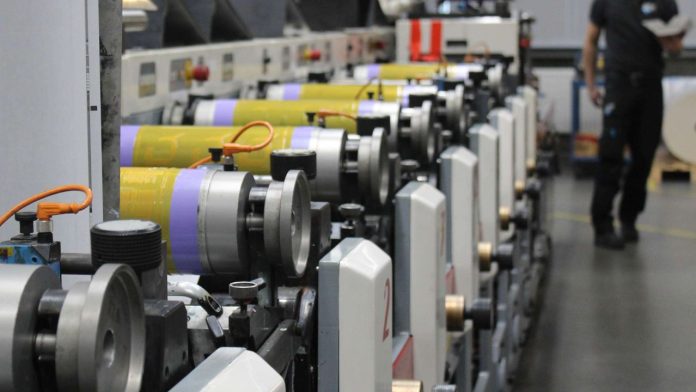One of the most widely used techniques of flexographic printing is known for its flexibility and fast printing and depends on the quality of the plates used. To create flexographic printing plate, several precise processes and tools are used in the process. A solid knowledge of the key processes and equipment is vital to obtain the best quality of printed material.
Plate Material Selection
Firstly, it involves the right choice of plate material that will be used in the production of the plates. In flexographic plates, the materials that are used include photopolymer or rubber. Photopolymer plates that result in high-quality prints are photosensitive and go through a chemical change under ultraviolet (UV) light. Rubber plates are also used though not very often because of their ability to be flexible and yet very strong. Different materials used to make the plate have an impact on the fine details that can be reproduced and the pressures that the plate can handle.
Artwork Preparation
The second procedure involves preparing the artwork after the choice of the plate material has been made. This entails the process of putting the design in a suitable format that will be used in plate making. The artwork is commonly designed using graphic design software and should be of high resolution to avoid pixelation. The design is then split into color planes if necessary and each of these planes is worked on to generate individual plates for each color. They involve critical steps for color reproduction and details in the final prints to be as desired.
Plate Exposure
The prepared artwork is then exposed onto the plate material to create the final image or design on the surface of the material. Here, a light-sensitive polymer is applied to the plate and the plate is placed in a UV exposure unit. The artwork, mostly in the film-positive type, is then positioned on top of the plate with UV light being directed through it. The light cures the polymer in the exposed areas while the parts that are not exposed remain soluble and can be washed off later. This step is very important for obtaining the right image on the plate and should be done under the right exposure time and light intensity.
Plate Finishing
After the plate has been dried, there could be other processes that the plate will need to undergo, such as mounting or trimming. Mounting refers to fixing the plate to a cylindrical sleeve or a printing form while trimming is the process of clearing the edges of any unwanted material. These final operations help make the plate ready for mounting on the press and guarantee that the plate will not shift during printing.
Quality Control
However, a quality control check is done before the plate is used for any purpose. This entails checking for any flaws on the plate, checking that the image is of the right quality on the plate, and also checking that the plate is well fixed. Print quality is essential to prevent problems on the final prints.
Conclusion
Flexographic plate making is a very technical process that requires several crucial stages and specific tools and equipment. Every step involved in the process of choosing the right material for plates to the final inspection of the printed plates is significant in the production of high-quality printing plates. Overall, by controlling these processes, printers can attain the desired print quality in the flexographic printing industry.










